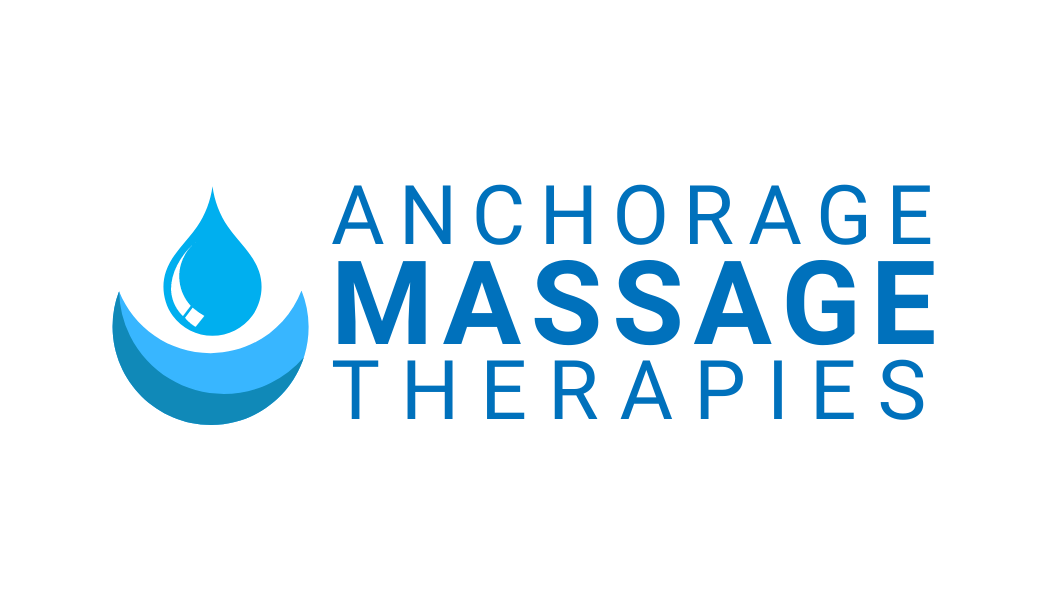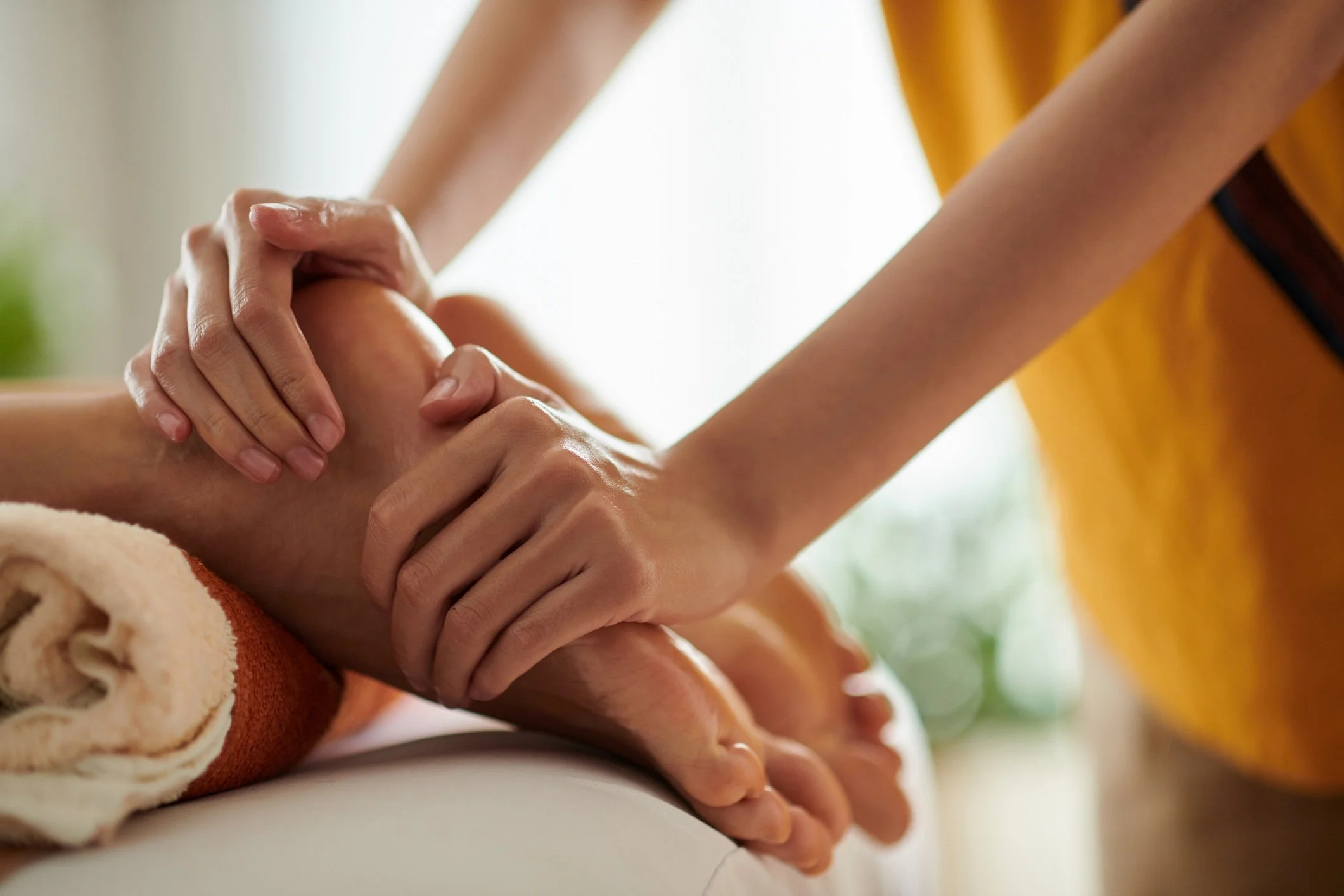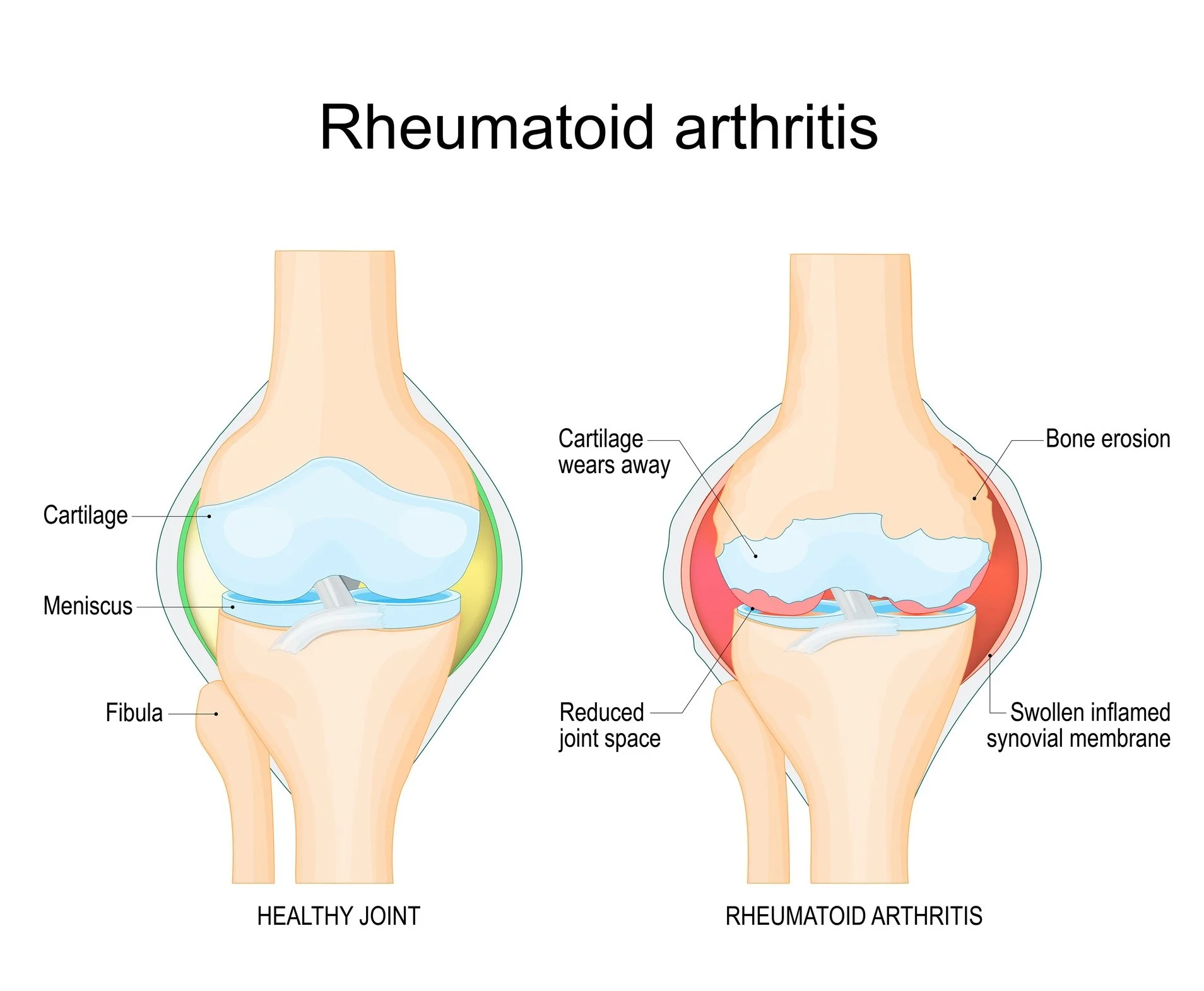Massage Therapy for Arthritis: Exploring the Potential Benefits
Learn how massage therapy may help support your arthritis management.
If you've ever had arthritis, you know how frustrating and painful it can be. Your joints and body ache, and it can feel impossible to escape the inflammation and discomfort.
You may struggle with daily activities like walking your dog on a summer evening or your morning workout at the gym. Even simple tasks like opening a bottle of water can be a challenge.
Living with arthritis isn’t easy. The daily aches and stiffness can make even simple tasks feel overwhelming. But there are ways to manage discomfort and support your overall well-being.
Your doctor may have already recommended medication and lifestyle changes to help manage your symptoms. But many people also find that massage therapy can be a valuable addition to their care plan.
Research suggests that regular massage may help promote relaxation, ease muscle tension, and support overall well-being for some individuals with arthritis. [1]
At Anchorage Massage Therapies, we understand how challenging it can be to live with arthritis. That’s why we put together this article outlining four ways massage therapy may help, along with insights on which types of massage are often recommended for arthritis relief.
We’ll cover:
4 Ways Massage May Help With Arthritis
4 Massage Therapy Techniques That May Benefit Arthritis
What is Arthritis?
What To Expect During a Massage for Arthritis
Let’s get started.
4 Ways Massage Therapy May Help With Arthritis
A recent study suggests that regular Swedish massage may help ease pain and reduce the need for painkillers in people with rheumatoid arthritis.
In the study, patients who received Swedish massage for eight weeks reported feeling less pain—both immediately after their last session and even a month later. While results varied, and more research is needed, this study highlights massage therapy’s potential as a supportive treatment for arthritis management. [1]
So, how might massage therapy actually help? Let’s explore four ways massage may support arthritis relief—from improving sleep to reducing stiffness and discomfort.
1. Massage Therapy May Help Support Sleep and Rest
Many people who have rheumatoid arthritis say fatigue is the most challenging part of dealing with their condition. Not great because healing your body and regulating your mood has been shown to be dependent on catching enough ZZZs.
Living with chronic pain is exhausting. However, regular massage therapy may help promote sleep by fostering relaxation in your mind and body. Here's how:
Massage has been shown to lower cortisol, your body's stress hormone, bringing about feelings of peacefulness.
Massage therapy may help activate the parasympathetic nervous system. Activating this branch of your nervous system is associated with a sense of calm in your body, allowing you to relax.
A more relaxed nervous system may help support better sleep for individuals managing arthritis.
Why does this matter? Sleep plays a crucial role in overall health, including managing arthritis. Poor sleep has been linked to increased inflammation and heightened pain sensitivity, while quality rest can support the body's natural healing processes. Prioritizing good sleep may help some people better manage daily arthritis symptoms
Our therapists at Anchorage Massage Therapies are familiar with treating arthritis symptoms and are especially careful to be mindful of areas of your body that are delicate to touch.
2. Massage Therapy May Reduce Pain and Discomfort
If you have rheumatoid arthritis, you know how debilitating joint pain can be — but some people report feeling more at ease during their massage sessions.
A study in Arizona suggests that some hospitalized patients reported feeling less pain after a 30-minute massage session. [2]
The study also concluded patients saw improvements in:
Getting More Sleep
Regulating Emotions
Experiencing Relaxation
Massage therapy has been shown to release endorphins into the brain. Endorphins are the body's natural painkillers and may contribute to a sense of relief.
Additionally, massage therapy has been shown to block the transfer of pain across pathways in the brain. [3] Basically, massage may help stimulate competing nerve fibers and block impending pain messages. Harvard Medical School refers to this phenomenon as “closing the pain gate.”
The bottom line is that massage may help with arthritis by decreasing pain both during and after your treatments.
3. Massage Therapy May Help Improve Range of Motion and Reduce Stiffness
If you're struggling with arthritis, you likely feel stiff and sore and may be missing out on activities you used to love because they’re too painful and frustrating.
Some types of massage involve gentle pressure that may support circulation, which in turn could help ease stiffness and promote a sense of well-being.
Better circulation supports the delivery of oxygen and nutrients to tissues, which some people find helpful in maintaining comfort and mobility. This can encourage blood flow to arthritic joints, potentially supporting improved movement and comfort."
Massage therapy may support arthritis management by promoting flexibility in your muscles, joints, and tendons and encouraging natural lubrication. This may help reduce joint dryness and stiffness.
Easing stiffness may encourage more movement, helping you return to activities you enjoy, like playing with your grandchildren and going to yoga.
At Anchorage Massage Therapies, we make sure to cover the areas of your body that may best support your circulation while keeping you comfortable on the table.
4. Massage Therapy Fosters Relaxation and Well-Being
Rheumatoid arthritis can be frustrating—not just physically but emotionally as well. When pain and stiffness interfere with your daily routine, it’s easy to feel disconnected from your body.
Massage therapy may help provide relief and a renewed sense of comfort.
Additionally, massage therapy has been shown to release oxytocin in the brain. Oxytocin is known as the love hormone.
Having a massage therapist care for you may boost your mental health by increasing oxytocin. This happens because massage therapy has the potential to make you feel cared for, safe, and calm.
All of this may contribute to improved mental well-being, helping you feel better from head to toe. At Anchorage Massage Therapies, we’re honored to provide this experience for our clients
4 Massage Therapy Techniques That May Benefit Arthritis
Now you know all of the ways that massage therapy can support relief from your arthritis symptoms. But before you book an appointment for treatment, let’s talk about which kinds of massage therapy modalities might be the best fit..
Deep tissue massage and anything with too much pressure may contribute to inflammation and discomfort. So, it's best to start with a light touch and pay close attention to how your body responds before, during, and after your massage.
Here are 4 different massage therapy techniques and how they may be able to benefit your arthritis symptoms:
1. Swedish Massage
Imagine a massage so gentle, your mind can drift off and go to your happiest place. That’s Swedish massage. Known for its soothing techniques, it’s one of the most gentle forms of massage therapy and is often recommended for those managing arthritis.
Your massage therapist uses light to medium pressure to promote blood flow, foster relaxation, and support muscle comfort.
A Swedish massage is often seen as the opposite of a deep tissue massage, which may not be suitable for individuals with arthritis due to its intense pressure.
2. Myofascial Release
Myofascial release is a gentle massage technique that focuses on the connective tissue surrounding your muscles—also known as fascia. This layer of tissue sits just under your skin and plays an important role in mobility and comfort.
During a session, your massage therapist may use their palms to softly move your fascia, helping to release muscle tightness and ease tension. This technique may also help reduce pressure on your joints, supporting overall comfort.
If you experience muscle spasms or chronic tightness, myofascial release may be worth exploring as part of your wellness routine.
Interested in trying myofascial release at Anchorage Massage Therapies? Call our office to learn more and find a therapist who’s the best fit for you.
3. Lymphatic Drainage Massage
Lymphatic drainage massage is a type of massage that encourages the flow of lymph in your body.
Lymph is the fluid that helps clean our bodies by naturally removing toxins and waste products.
Lymphatic drainage massage is designed to encourage fluid movement in the body. Some individuals with arthritis include this technique in their self-care approach.
Learn more about the benefits of lymphatic drainage massage in the article below:
“Easing Cold & Flu Symptoms: The Surprising Role of Lymphatic Drainage Massage”
4. Trigger Point Therapy
Trigger point therapy is a technique that focuses on identifying and addressing trigger points, or tight bands of fiber in your muscle tissue, that may be causing pain in other parts of your body, also known as deferred pain.
The careful application of trigger point therapy has been shown to help reduce localized pain and bring about a sense of renewed relief.
It's essential to ensure your therapist is a professional who is knowledgeable about techniques for rheumatoid arthritis and can accommodate the sensitivities associated with your condition.
What is Arthritis?
If you’re here but not totally sure what arthritis is, we’ve got you covered.
Arthritis is the umbrella term for more than 100 different conditions that affect the joints.
The most common symptoms of arthritis are pain, inflammation, and stiffness. The two most common types of arthritis are rheumatoid arthritis and osteoarthritis.
Rheumatoid arthritis (RA) is an inflammatory and autoimmune disease. It attacks the body's healthy cells, causing pain and inflammation in the affected areas which can cause symptoms like stiffness and fatigue.
As you can see in the image above, inflammation from RA causes swelling, bone erosion, and the wearing away of cartilage.
The causes of RA are unknown, but it’s 2-3 times more likely to affect women than men and is most likely to show up among adults between 30-50 years old.
The disease commonly affects the body's joints, including:
Knees
Ankles
Feet
Shoulders
Wrists
Fingers
When the lining of the joint affected by RA becomes inflamed, it can potentially damage the joint tissue and cause chronic pain, which can affect a patient’s mental health. That’s why it’s important to take good care of yourself when you’re struggling with RA.
Osteoarthritis is the most common form of arthritis. It occurs when the ends of bones wear down, causing pain, inflammation, and reduced mobility in the affected joints.
Osteoarthritis can affect any joint but often impacts the hands, knees, hips, and spine.
And while symptoms of both rheumatoid arthritis and osteoarthritis may make you feel like you don't want to be touched — massage therapy may actually be the touch you need.
Anchorage Massage Therapies specializes in treating clients with complex medical issues, and arthritis is no exception.
What to Expect During a Massage for Arthritis
When you arrive for your appointment, your massage therapist will ask specific questions about your condition and any pain you feel. Trained massage therapists ensure you feel relaxed and comfortable before, during, and after your massage.
Your therapist will ask you to dress down to your comfort level and have you lie on the table while they begin a physical assessment, avoiding any areas that may be experiencing a flare-up.
At Anchorage Massage Therapies, we always welcome communication about areas that may be painful during your session. And don’t forget to let your therapist know about the areas of your body that feel good during your massage, too!
Our massage therapists keep track of all of your preferences so that each and every massage is customized to your needs.
Experience the Healing Touch With Us
Regular massage therapy can be a relaxing and supportive addition to your arthritis care plan, helping you unwind and feel more at ease in your body.
Are you looking for a massage therapy clinic in Anchorage?
At Anchorage Massage Therapies, many of our clients with arthritis have shared that massage helps them feel more comfortable engaging in activities they love—whether it’s spending time with family or enjoying the great outdoors.
Massage therapy may also play a role in pain management by promoting relaxation and supporting the body's natural response to discomfort.
If you're interested in seeing how massage could fit into your wellness routine, give us a call, and we’ll do our best to accommodate you.
Arthritis can be frustrating, but you don’t have to navigate it alone. We’re here to support you.
We've got you, Anchorage
Sources:
Important Note: Massage therapy is not a replacement for medical treatment. Always consult your doctor before adding massage to your arthritis care plan.






